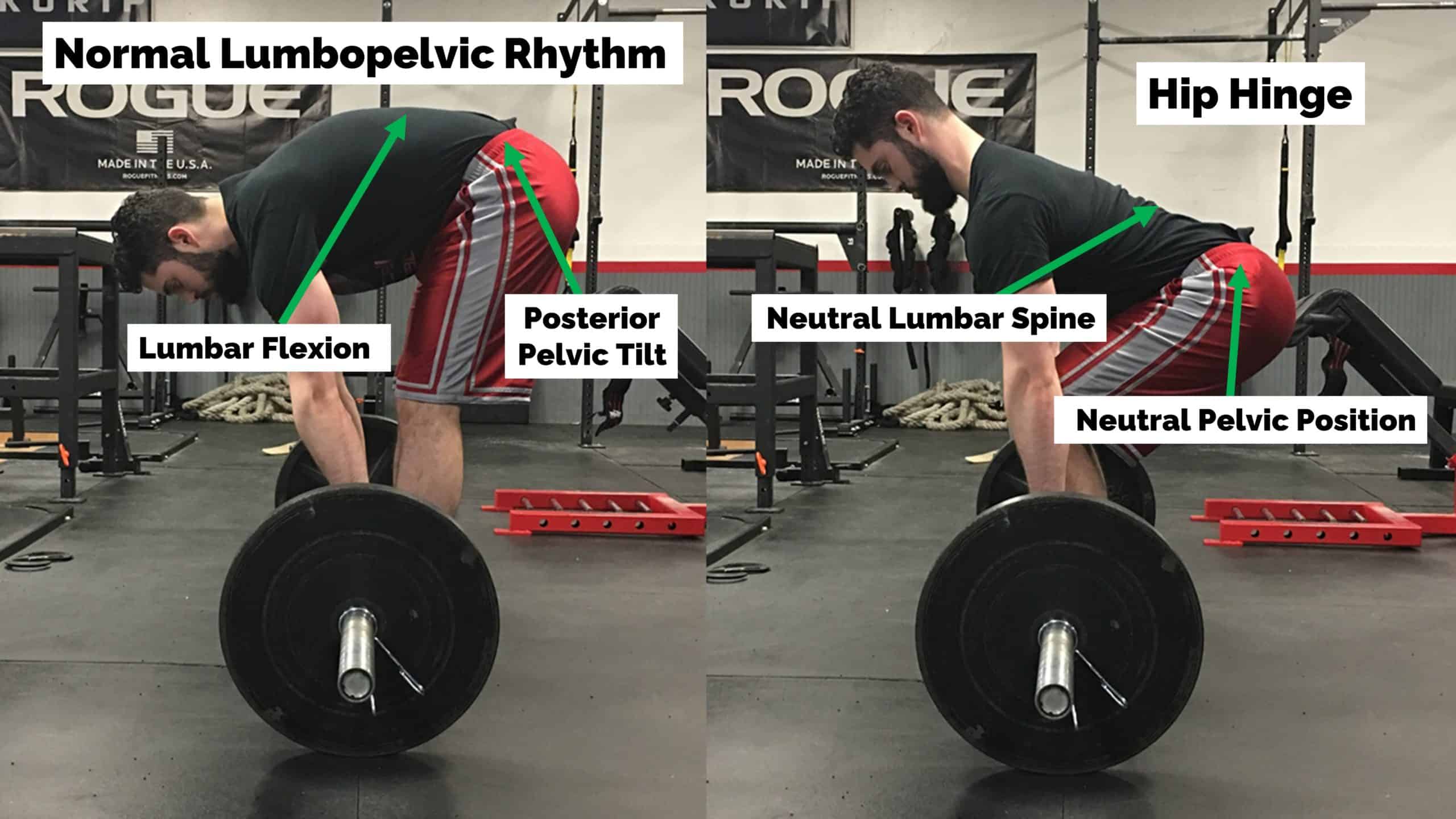Tooth Extraction Infection Treatment Guide
Tooth extraction, a common dental procedure, can sometimes lead to infection, a complication that, if not managed properly, can escalate into more serious health issues. Understanding the signs of infection, knowing how to prevent it, and being aware of the treatment options are crucial for a smooth recovery after tooth extraction. This comprehensive guide aims to walk you through the process, providing expert insights and practical advice on managing tooth extraction infection.
Understanding Tooth Extraction Infection
Infection following a tooth extraction can occur due to various reasons, such as bacteria entering the extraction site, poor oral hygiene, or pre-existing conditions like gum disease. The signs of infection may include increased pain, swelling, redness, fever, and a foul taste or odor from the extraction site. It’s essential to recognize these symptoms early to seek dental care promptly.
Preventing Infection After Tooth Extraction
Prevention is always better than cure. To minimize the risk of infection after tooth extraction, follow these guidelines:
- Maintain Good Oral Hygiene: Gently brush your teeth, avoiding the extraction site, and use a saltwater rinse to keep your mouth clean.
- Follow Your Dentist’s Instructions: Adhere to the post-extraction advice provided by your dentist, including any prescribed medications or dietary recommendations.
- Avoid Smoking and Tobacco Use: Smoking can significantly delay healing and increase the risk of infection.
- Eat Soft Foods: Opt for a soft diet for a few days to avoid irritating the extraction site.
- Stay Hydrated: Drink plenty of water to help prevent dehydration and promote healing.
Signs of Infection
Recognizing the signs of infection is crucial for early intervention. Keep an eye out for the following:
- Prolonged Bleeding: Some bleeding is normal, but if it persists beyond a day, it could be a sign of infection.
- Increased Pain: While some pain after tooth extraction is expected, worsening pain that doesn’t improve with medication could indicate infection.
- Fever: A fever is a common sign of infection and should be monitored closely.
- Swelling and Redness: Moderate swelling is normal, but excessive swelling, especially if accompanied by redness and warmth, could be indicative of infection.
- Foul Odor or Taste: A persistent bad taste or odor that doesn’t improve with oral hygiene practices could be a sign of infection.
Treatment of Tooth Extraction Infection
If you suspect you have an infection after a tooth extraction, it’s crucial to consult your dentist immediately. Treatment may involve:
- Antibiotics: Prescribed to combat bacterial infections.
- Pain Management: Medication to manage discomfort and pain.
- Debridement: The dentist may need to clean the extraction site to remove any debris or infected tissue.
- Follow-Up Appointments: Regular check-ups to monitor the healing process and adjust treatment as necessary.
Advanced Treatment Options
In more severe cases, additional treatments might be required:
- Incision and Drainage: For abscesses that have formed, the dentist may perform an incision to drain the pus.
- Hospital Admission: In rare, severe cases, hospital admission may be necessary for intravenous antibiotics or further treatment.
Frequently Asked Questions
How common are infections after tooth extraction?
+Infections after tooth extraction are relatively uncommon, affecting a small percentage of patients. However, it's crucial to follow post-operative instructions to minimize this risk.
Can I prevent infection after tooth extraction on my own?
+While maintaining good oral hygiene, following your dentist's instructions, and avoiding irritants like smoking can significantly reduce the risk of infection, it's always best to consult with a dental professional for personalized advice and monitoring.
What are the consequences of untreated tooth extraction infection?
+Untreated infections can lead to serious complications, including the spread of infection to other parts of the body, prolonged recovery, and in severe cases, life-threatening conditions. Prompt medical attention is essential if symptoms persist or worsen.
Conclusion
Tooth extraction infection, while a potential complication, can be effectively managed with prompt dental care and adherence to post-operative instructions. Being informed about the signs of infection, preventive measures, and treatment options can empower individuals to navigate the healing process with confidence. If you’re experiencing any symptoms of infection after a tooth extraction, don’t hesitate to reach out to your dentist. Early intervention is key to a successful recovery and preventing more serious health issues.

